News
新闻资讯
- 我国精密模具市场前景可期!
- 如何谨慎的修理模具,主要的修复方法有哪些?
- 精密注塑制品出现披锋该如何调整?
- 当下中国模具行业市场现状及发展方向,值得借鉴
- 2021年中国汽车注塑模具市场现状及发展趋势预测分析
联系我们
手机:18020299888
电话:0510-85436666
邮箱:651706814@qq.com
地址:No. 29-2, Lu Ou Road, Hudai Industrial Park, Binhu District, Wuxi City
Company news
Analysis of stamping production mould
- 作者:管理员
- 发布时间:2022-08-05
- 点击:33
Stamping is one of the practical processes for forming large quantities of parts. In the process of stamping production, the mold has the most problems, which is the most important factor in the whole stamping production factors. It directly affects production efficiency and cost. It affects the delivery cycle of products. Mold problems mainly focus on mold damage, product quality defects and mold grinding, which have plagued the production industry for a long time. Only these key points can be handled correctly. Stamping production can proceed smoothly.
1 mold failure
Die failure is the most common problem in stamping production, which often leads to production stoppage and affects the production cycle of products. Therefore, we must find the cause of mold failure as soon as possible and repair it reasonably.
1.1 mold damage
Mold damage refers to mold cracking, breaking, bulging, etc. to deal with mold damage, we must find the reasons from the aspects of mold design, manufacturing process and mold use.
First of all, check whether the manufacturing materials of the mold are appropriate and whether the corresponding hot burying process is reasonable. Generally, the heat treatment process of die materials has a great influence on it. If the quenching temperature of the die is too high, the quenching method and time are unreasonable, and the tempering times, temperature and elbow are improperly selected, the die will be damaged after entering the stamping production. The size or depth of the blanking hole is not designed enough, which is easy to block the slot hole and cause damage to the blanking plate. If the spring force design is too small or the contour sleeve is unequal in height, the spring will break and the blanking plate will tilt, resulting in overlapping punching and damage to parts. Improper fixation of the punch or insufficient strength of the screw will cause the punch to fall or break.
When the mold is used, the position and direction of the parts are installed incorrectly or the bolts are not fastened well. The working height is adjusted too low and the guide post is not lubricated enough. Failure of feeding equipment and abnormal press will cause damage to the mold. If foreign matters enter the mold, parts overlap, waste blocking and other situations are not handled in time, and processing and production continue, it is easy to damage the blanking plate, punch, lower template and guide post of the mold.
1.2 clamping die
In the stamping process, once the die is not flexible or even stuck, the production must be stopped immediately to find out the reason for the clamping and eliminate the fault. Otherwise, the failure will be expanded and the die will be damaged.
=
The main causes of die clamping are: poor guide and inclination of the die. Or there is foreign matter between the formworks, so that the formworks cannot be pasted flat; The mold strength design is insufficient or the force is uneven. Cause mold deformation, such as the hardness and thickness of mold base and template are too small, which is easy to be impacted and deformed by external forces; The mold position is not installed correctly, and the positioning error of the upper and lower molds is out of tolerance. Or the accuracy of the press is too poor, so that the mold interference; The strength of the punch is not enough, and the position of the size punch is too close, which makes the lateral force of the die unbalanced. At this time, the punch strength should be increased to enhance the guidance protection of the discharge plate.
1.3 mold damage and maintenance
The die cost of stamping production is high Generally, the mold cost accounts for 1/5-1/4 of the total cost of parts. This is because, in addition to the difficulty and high cost of mold manufacturing. After putting into production, the cost of mold repair and grinding maintenance is also high, and the original cost of the mold only accounts for about 40% of the cost of the whole mold. Therefore, timely maintenance of the mold to prevent mold damage can greatly reduce the cost of stamping production mold.
After the die is damaged, there is also a problem of the choice of maintenance and scrapping. Generally speaking. Unnatural wear failure of stamping dies, such as the destruction of non critical parts. As well as small punch breaking, punch upsetting shorter, concave template cracking, punching edge cracking and other faults Most of them can be completely restored to normal state through maintenance and put into stamping production again. But. When the key parts of the die are seriously damaged, sometimes the male and female dies are damaged at the same time. The one-time repair cost exceeds 70% of the original cost of the die, or the life of the die is close. Then the significance of maintenance is not great. At this time, scrap molds should be considered: except for large molds and continuous molds with complex structure. When the mold maintenance technology is too complex, the mold repair cost is too large, and the difficulty is too great, the maintenance cycle will inevitably be too long, which will seriously affect the normal production of stamping. It is necessary to choose early failure, scrap and remanufacture the mold.
Under normal circumstances, the main failure form of stamping dies is excessive wear. The new mold is manufactured and delivered for use. Until the burr of the punched parts exceeds the standard, the size and shape accuracy of the parts exceed the standard, and the mold can no longer be repaired or has no repair value at all, the mold can only be scrapped. From new mold put into use to failure and scrap. Generally, it needs many times of maintenance and grinding.
2. Quality defects of parts
The most common product quality defect is that the product size is out of tolerance. Only a few products have surface quality problems.
2.1 dimension out of tolerance
Size out of tolerance is a serious defect of stamping parts. In this regard, we should first check and check the design of the mold and eliminate the reasons for design and manufacturing. If the out of tolerance dimension is related to the thickness of the material, the thickness, material and hardness of the stamping material shall be tested.
The dimensional out of tolerance caused by stamping production is mainly caused by die wear, poor positioning and guidance, and workpiece deformation. The cutting edge of the die is worn It will cause too big burr, larger cutting overall dimension, smaller punching and out of tolerance flatness. It should be sharpened or the die should be replaced. Poor positioning and guidance include no guidance, guide pins or other positioning devices that do not work, the feeder is not loosened, the positioning block is worn so that the feeding distance is too long, the length of the guide plate is wrong, or the guide gap is too large, etc. The deformation of parts in production mainly includes impact deformation, such as the blowing out pressure of products is too strong or the impact of gravity falling is too large, deformation: extrusion or damage deformation during discharging, the discharging position should be cleaned up in time or the discharging space should be increased: improper deformation during ejection. For example, if the ejector pin is improperly prepared, the spring force is inappropriate or the ejection is too long, the elastic force should be adjusted or the position or the number of pins should be changed; Blanking deformation. Some bending parts cannot be overlapped and must be dropped every time. When dished strain occurs, pressure pads can be used to eliminate it; Punching and shearing deformation is mainly caused by material distortion and unevenness. Size increase or center asymmetry; The extrusion deformation of floating chips is due to the floating of waste materials or the extrusion deformation of fine chips left on the die surface or foreign bodies.
2.2 unqualified surface quality
The surface quality problem of stamping parts is mainly due to excessive burrs. The reason for the excessive burr of the workpiece is the wear of the die edge. The die (below) should be reground to ensure that the edge is sharp. Secondly, the intermittence of punch and die is unreasonable. If the gap is too large, most of the sides are polished strips. If the gap is too small, there will be a secondary shear surface. If the material hardness is too high, the material should be replaced or the gap should be increased. When the blanking lap size is too small or the trimming material is too small, the material will be pulled into the mold gap and become a burr. At this time, the lap size or trimming allowance of blanking must be increased.
3 grinding of die
Reasonable grinding of dies in stamping production. It can effectively improve the service life of the die, save the die cost and greatly reduce the product cost.
When the cutting edge of the die is worn to a certain extent, the originally sharp cutting edge becomes blunt, which will cause the burr of the blanking part to be too large and the dimensional and geometric accuracy to be reduced. Therefore, the die must be sharpened to restore its sharp cutting edge. Reduce the blanking burr and the deviation between size and shape and position, and improve the surface quality of formed parts. If the mold is not sharpened in time, the blunt edge will suffer from severe friction of hard, too large and too thick burrs due to the delay of sharpening time, forming the excessive wear of the vicious cycle of the mold, resulting in several times of the amount of sharpening to make the edge sharp again, greatly shortening the service life of the mold. When the burr of the workpiece is about to exceed the allowable burr height, the production should be stopped immediately and the die should be sharpened. In production practice, on-site workers are used to determining the burr size and grinding time of parts by hand, so the operation error is large. It is best to master the wear condition of the cutting edge and the dullness of the cutting edge 121 by detecting the burr height and thickness of the workpiece, the uniformity of burr distribution, the size and shape accuracy of the punching part, and the quality of the punching surface, so as to determine the best grinding time of the die# P \e \e#
The grinding amount of the die must be determined according to the actual wear of the end face and side of the cutting edge. In addition, relevant factors such as material thickness, die shape and structure, and grinding order should also be considered. After many times of grinding, the size of the die will change, especially for the blanking die with the design of upper small and lower large conical die mouth. Because the edge wall of the die is inclined outward, the horizontal size of the die will inevitably produce an increment after grinding the upper surface of the die. Therefore, before grinding, the calculation should be carried out according to the conical angle. During grinding, pay attention to the measured size of the workpiece to prevent excessive increment of the size of the workpiece due to multiple grinding, resulting in out of tolerance of the product.

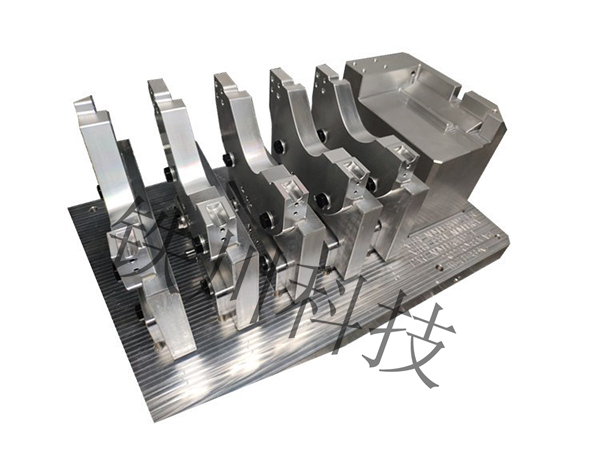
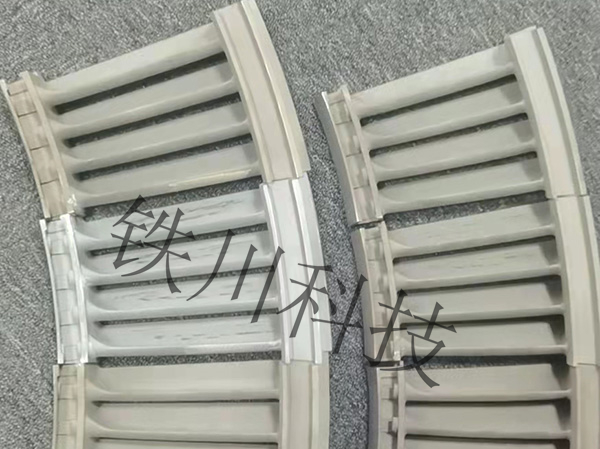
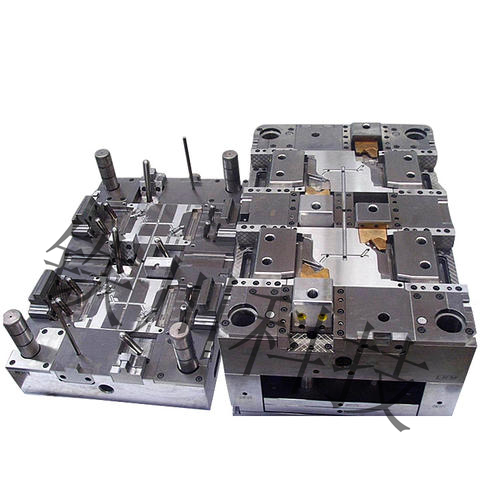
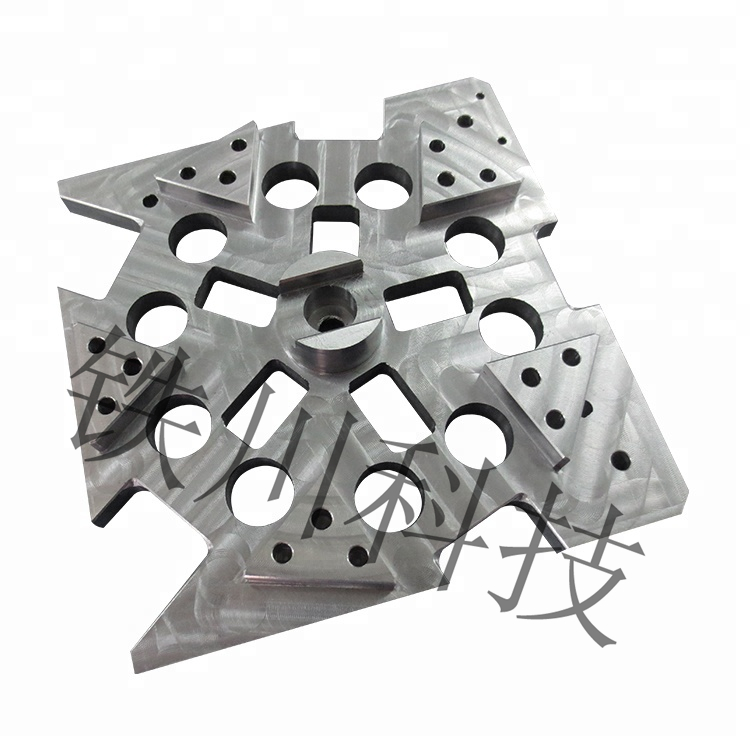
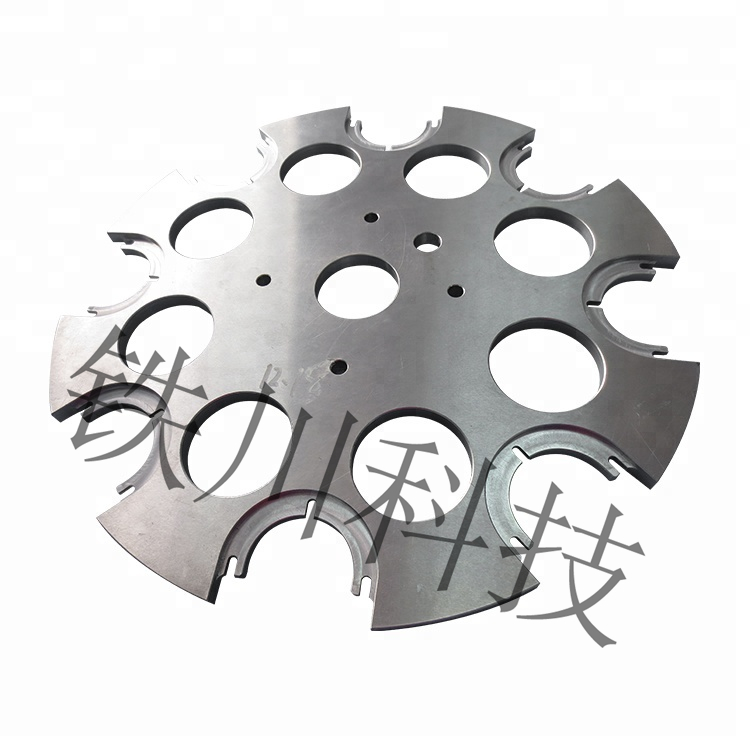
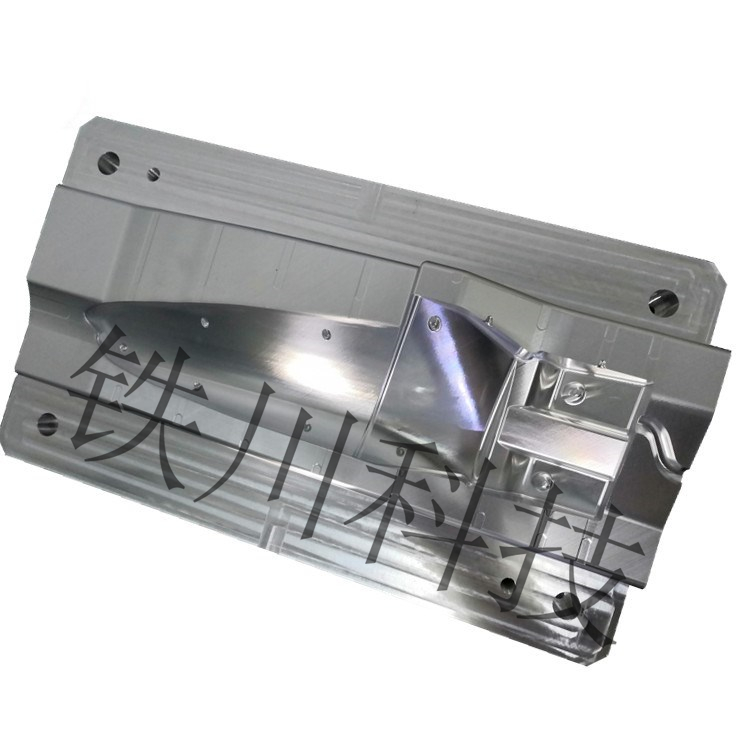

 客服QQ
客服QQ